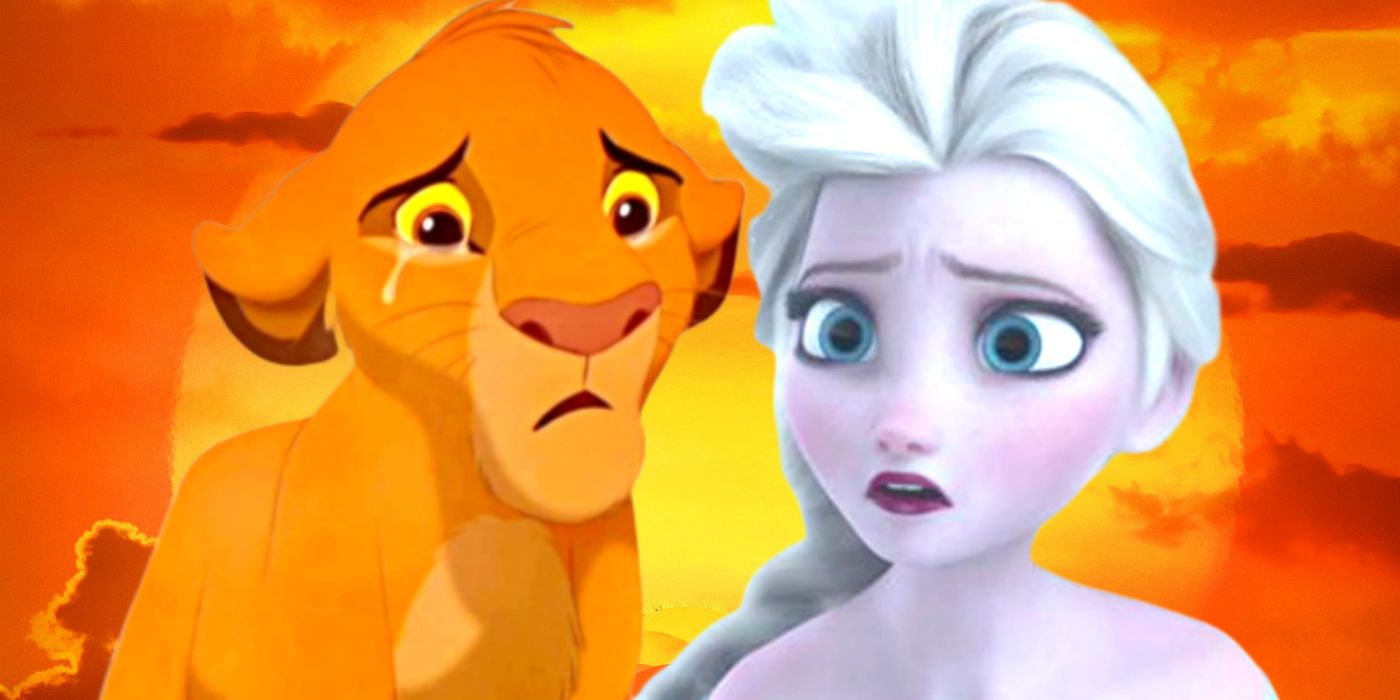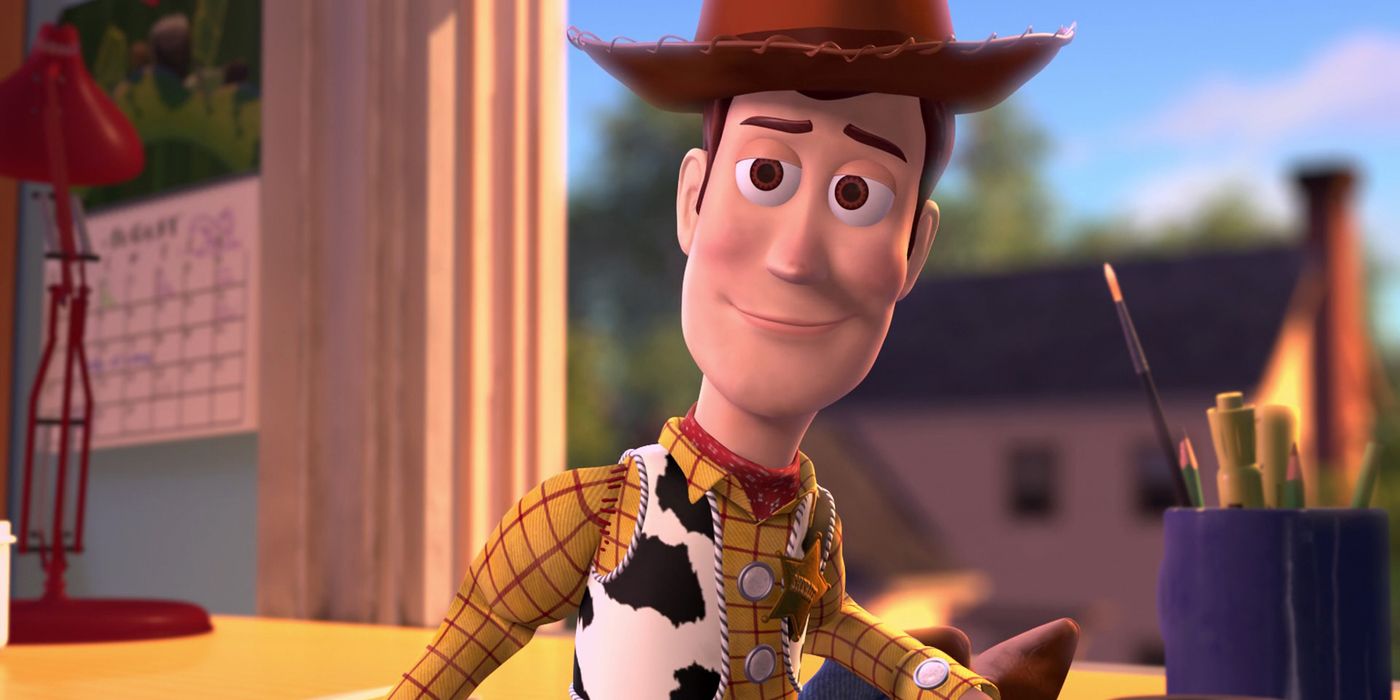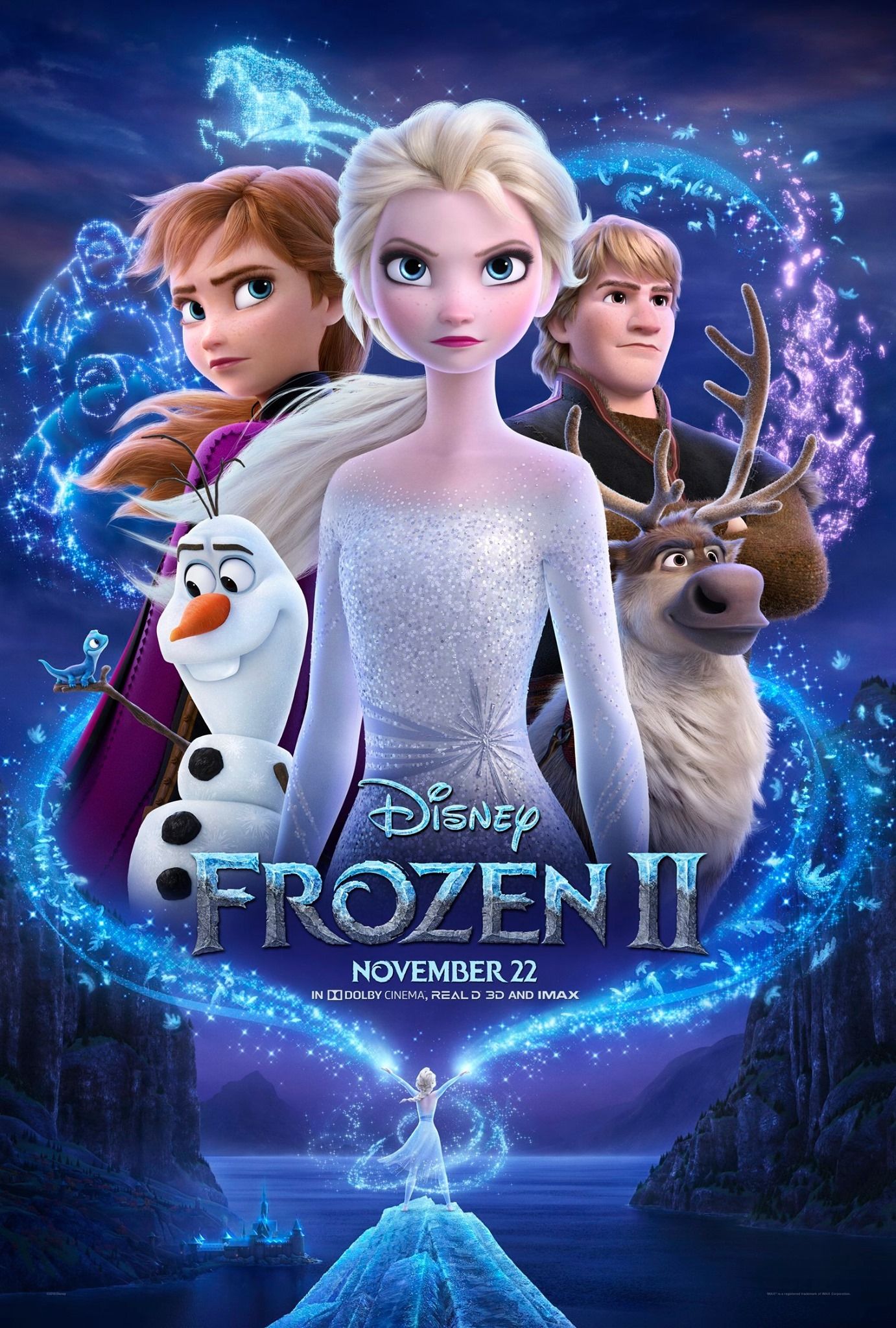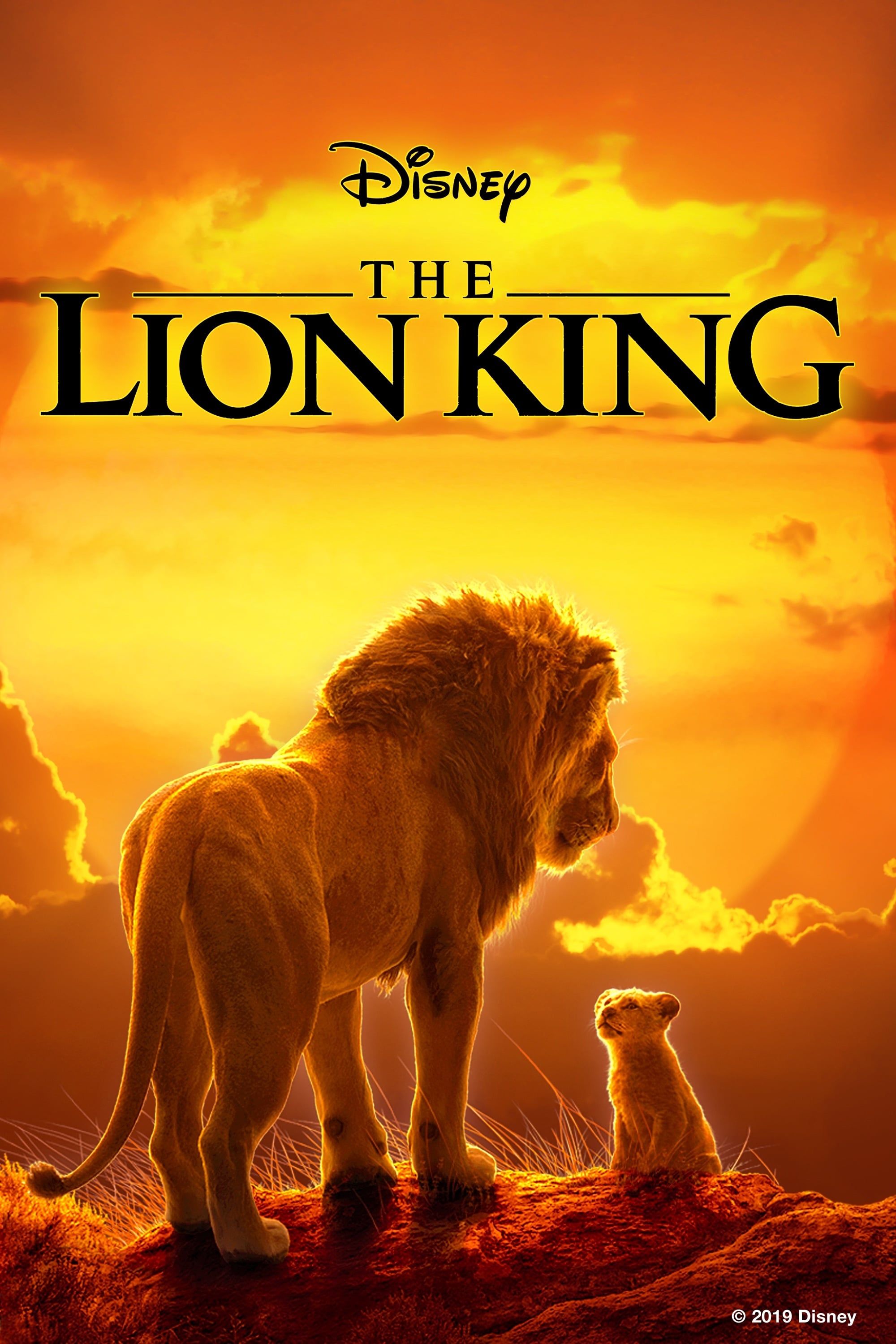Disney no longer makes hand-drawn 2D animated movies, but why is that the case? The Mouse House made its name using traditional animation techniques, including the first full-length animated feature film Snow White and the Seven Dwarves, but in recent years it's instead turned to computer animation and even live-action remakes of old classics.
Disney's only animated effort of 2019 is Frozen 2, which is computer-animated, while another of its biggest releases is the live-action The Lion King remake, based on their biggest and best hand-drawn animation. It's a major reminder of just how far away Disney has come from making 2D animated films, which has been the case for most of the past decade, although the shift away from hand-drawn animation started much earlier.
The most successful period in Disney animation was the late-80s and early-mid-90s, which brought about the Disney Renaissance, a boom period of creativity and quality after many years of drift following Walt Disney's death. Starting with The Little Mermaid in 1989, Disney went on an incredible run that saw them produce some of their biggest ever hits - Beauty and the Beast, Aladdin, The Lion King - and a few underrated gems too, such as The Hunchback of Notre Dame. The success was mostly sustained across the 90s, but by the turn of the century it'd started coming crashing down.
In the early 00s, Disney was already turning away from 2D animation, and despite some efforts at reviving the format, such as The Princess and the Frog or Whinnie the Pooh, the movies weren't quite as successful and Disney closed their 2D animation studio in 2013. A big reason for this was the rise of computer-animation, led by Pixar, who are now owned by Disney. Pixar made a major splash with 1995's Toy Story, which changed the game in terms of what an animated movie could be. Once they started perfecting that formula in the late-90s and early-00s, it wasn't long before other studios were attempting to catch-up, including Disney.
Disney started to make their own push with computer-animation, such as 2008's Bolt, and then finally started to reap the rewards with a four-year period that saw the releases of Tangled, Wreck-It Ralph, and Frozen, all of which were big hits for the Mouse House. Since then they've released Big Hero 6, Moana, Zootopia, and Ralph Breaks the Internet, all of which utilized 3D computer-animation. Even in the early-00s, it's clear to see the difference in box-office results between Pixar's 3D efforts and Disney's 2D movies: in 2003, Pixar's Finding Nemo made $940 million, which was 10x its budget. Just a year later Disney released Home on the Range, which cost an estimated $110 million and didn't even make that back.
It's tempting to solely put all of this down to the success of Pixar (and later animated franchises such as Shrek as well), but that's just one (admittedly large) part of the story. Disney themselves should take some blame: it's not just that Pixar's movies were making more money, but that they were better. That isn't because of the animation style, but a change in focus at the top of Disney (including faster productions and more straight-to-DVD sequels) and it was a decline that 2D animation couldn't pull them out of.
Alongside Pixar's rise was the advancement of technology, which has subsequently made it easier for studios to produce animated features. Hand-drawn 2D animation is known for being a painstaking process, often requiring huge teams of animators and a lot of the time meaning things cannot be flexible and decisions have to be locked in a lot earlier. Computer-animation too is still a major undertaking, but it's generally considered easier to maintain quality control (especially for a big animation house like Disney) and to fix things if they do go wrong or the filmmakers want to do something differently.
Moving towards greater advancements in technology isn't uncommon in Hollywood: just look at the shift from black-and-white to color. It's a huge shame that Disney isn't making 2D animated movies anymore, especially since they've yet to create anything on par with The Lion King or Beauty and the Beast in the 3D realm. But when the 3D movies are making more money, and are in a lot of ways easier to produce at a high quality, and they can also turn their old 2D classics into live-action remakes that make $1 billion, it's clear why Disney has stopped making 2D animated movies.




